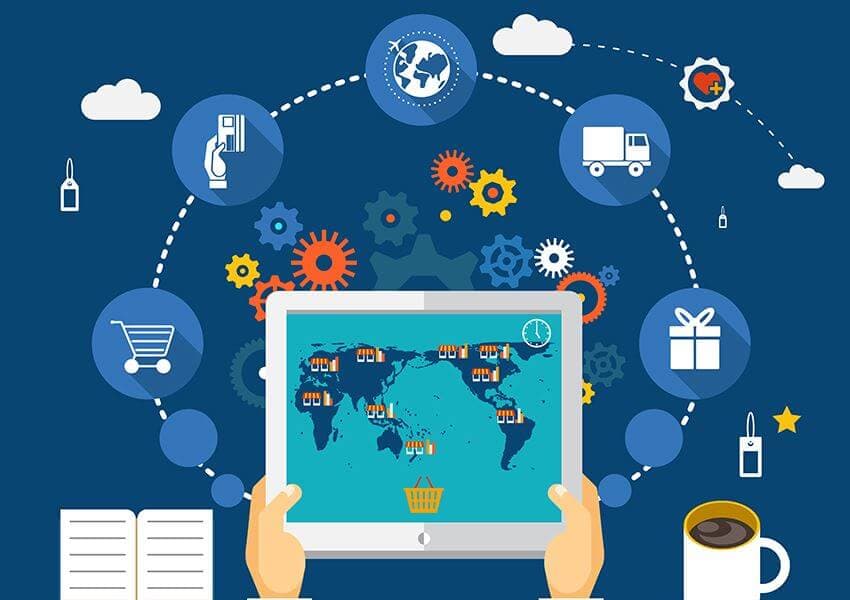2017 marked the turning point for a lot of technologies and subsequently for supply chains worldwide. 2018, is taking the trend further and making things faster, cheaper and a whole lot better. Technologies that were being thought of as emerging – IoT, 3D printing, blockchain, machine learning etc. have now entered mainstream and are growing, at an exponential rate.
Let Moglix tell you about what this trend means and how does it really impact the future of supply chains:
- Internet of Things (IoT): IoT, or the network of physical objects connected to each other wirelessly, is growing at an astounding rate of 5 million devices a day. As per a research by Gartner by the year 2020, there will be 20.8 billion connected devices across the world. IoT brings a great opportunity for companies to attain end-to-end visibility in supply chains, giving them transparency as well as better opportunities for early detection and risk management. For example, IoT can help 3PLs in the reduction of fuel costs, by fleet route optimization, basing it on real-time traffic conditions. For bulk logistics providers, issues like temperature stability for in-transit cargos, or for manufacturers to prevent stock-outs by inventory monitoring across distribution-centers.
- Robotics (Automation Technologies): Supply chains are looking to ramp up the automation of their warehouses, as the race to the delivery of goods to the consumers even faster, continues. Especially in the case of e-commerce retailers, the faster the journey between the customer clicking the buy button and the goods arriving at the address, the sooner the profits roll in. Warehouse automation technologies that can facilitate high-volumes of multi-line orders and support goods to person automation are thus, in demand. Shuttle-systems using Autonomous Mobile Robots (AMRs), can offer enhanced levels of performance and flexibility, a prime example of which is Amazon employing the Kiva robots for their warehouse automation.
- Machine Learning: Big data continues to grow in scope and complexity and global traffic is looking to triple in the next five years. The opportunity as well challenges that are posed for supply chains, hence, lie in unlocking the true value of their data, using machine learning and AI (Artificial Intelligence) by extension. The predictive analysis that can be generated via real-time monitoring, will result in intelligent control, as well as increased operational agility and productivity. For example, leveraging technologies like computer vision, sensor fusion and machine/deep learning algorithms, Amazon released its Amazon Go, a revolutionary partially-automated store, with streamlined supply-chain /inventory management and customer experience.
What do you think about the digital trends that are looking to transform the face of Supply Chains forever? Tell us more about your views, in the comments section below.




